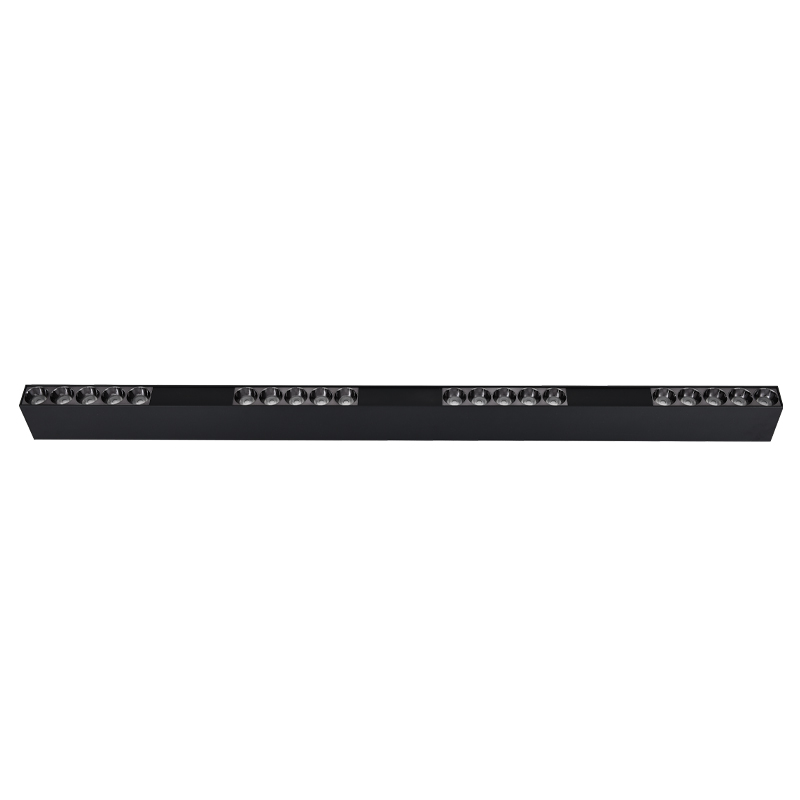News
Matters to Be Considered in the Lighting Design of Meeting Spaces
Matters to Be Considered in the Lighting Design of Meeting Spaces
The office is getting rid of its stereotype of ordinary and boring space. They are transforming into inspiring work areas that can inspire creativity and make important business decisions. There are several spaces in an office to meet diverse needs. From employee compartments to alleys, floors, and meeting rooms, all spaces have their own unique applications.
The meeting rooms inside the office need special attention because they are spaces for a lot of important events. From chairs to lights, everything should work in synergy to make the most of these spaces. Since lighting is an important aspect of design, it should not be ignored.
Gone are the days of traditional lighting systems. Today, LED lights have become the preferred lighting solution for lighting offices. Dimmable led downlight china can help organizations maximize productivity within the office.
Customized LED Downlight supplier introduces you to the considerations of meeting space lighting design
The lighting design of the conference room is a complex process involving various factors, such as the type, intensity, and color temperature of the lamps.
1. Luminaires and technology-settings
LED lights are the lighting choice for office spaces because LED lights are better in all aspects than traditional lighting solutions. They are energy-saving, maintenance-free, environmentally friendly, and have a service life of up to 50,000 hours. LED lights have various fixtures, such as recessed lighting and pendant lights, which are very suitable for office use. When designing a meeting room, you must consider fixtures that are in harmony with other elements in the meeting room. For example, if the table is round or oval, choosing a fixture aligned with that shape will enhance the appearance of the meeting room. Be sure to consider the angle at which the luminaire is installed, as it may seriously affect the look and feel of the location.
2. Flexibility-automation and control
The meeting room in the office can be used for various purposes, including meetings, presentations, customer calls, etc. The lighting solution must be able to adapt well to these use cases. The use of LED lights can achieve this purpose well because they can be connected and controlled by various automation devices on the network. Some smart lighting controls (for example, occupancy sensors) can be installed together with LED lights to detect whether people are present. It can turn off and turn on the lights separately to achieve automation and save energy.
3. Color temperature-productivity
When planning to consider lighting design in a meeting space, the color temperature must be considered. The color scheme is an important consideration because color plays a vital role in defining space. The color temperature is in Kelvin (K). As a measure, color temperatures in the range of 2000K to 3500K have warm tones, and 4000K is said to be neutral white. For office spaces, the preferred color temperature is 4000K to 6000K because it is suitable for more active environments. Likewise, the choice of color temperature depends on the geographic location of the office. Depending on the weather outside, the color of the lamp can trick the brain into thinking whether it is hot or cold outside. It can increase productivity and increase concentration.
4. Maintenance
Even though LED lights are maintenance-free, they need to be maintained once in their lifetime. You must consider how effectively the service professional performs the process. Keep the decoration cost, please make sure to consider it thoroughly to avoid high cost.
5. Lux level
The amount of light projected on the surface is called illuminance, measured in lux (lx). The Lux level basically describes the distribution of light intensity in an area. According to the rule of thumb, a single lux is equal to one lumen per square meter. For example, if a 100 lumens LED light illuminates an area of 1 square meter, the area will be illuminated with a brightness of 100 lx. The lux level is very important in an office and can tell you how bright space is. Normally, the lux level of the office is kept between 400-500 lx.
6. Uniformity
Since uneven lighting can be frustrating, it is important to illuminate the workplace (especially meeting rooms) evenly. In the case of uneven light, it will force the eyes to make involuntary adjustments to maintain focus. Under uniform light, space looks uniform with minimal interference. Known LED lights can provide uniform illumination without flicker. The uniformity of LED lamps also depends on their reflectors.
7. Glare
Glare refers to the difficulty of seeing clearly in bright light. When the light source is much brighter than the surrounding environment, it will produce uncomfortable visual perception. Glare can be direct or indirect. When considering the lighting of the meeting space, it is important to consider glare and position the lighting in a way that minimizes glare. In addition, it is recommended to use LED lights to design meeting spaces, as the glare of these fixtures is extremely small, especially when compared to conventional lighting solutions.
Lighting is essential and plays a vital role in defining the space around us. The work environment is undergoing a paradigm shift, especially in the corporate sector, and lighting has become the torchbearer in this transition. Nowadays, the demand for a cohesive workspace not only needs to increase employee productivity but also needs to create an attractive and refined space with its own characteristics.
Lucerna LED








 English
English